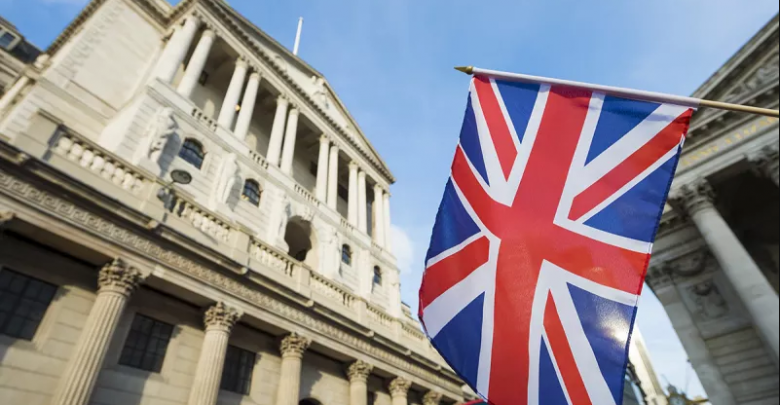Central banks globally are in for a challenging ride as they strive to rein in the surging inflation rate threatening economic growth and making a mess of their monetary policies.
Bank of England Changes Gear over Market Instability
Market instability has continued to hover around despite efforts by central banks to ensure hitch-free economic activity. Due to the massive level of leverage, market instability poses a risk to the global economic outlook.
The U.S. Federal Reserve’s dependence on market participants and consumers is telling. However, market instability has become a significant risk due to the Fed’s aggressive measures to reduce inflation.
Furthermore, it is not all wrong from the perspective of the Fed. The low volatility within its purview means the agency has more room to navigate.
This implies that the Fed has the time to pursue its aggressive rate hike. Interestingly, the Fed has managed to contain market instability and credit flow to an extent. This is despite rising interest rates and an ongoing declining stock market.
From Stable to Unstable
The Bank of England (BOE) is in the spotlight following its ill-timed move to avoid market instability. Things went awry when the BOE began buying up bonds to avoid a looming crisis with the U.K.’s pension funds.
The funds will receive margins when yields plunge. It will also receive additional post-collateral in the event of a rise. However, the current yield spike caused “margin calls” for the pension funds. Thus, this would give rise to potential market instability.
This shows that stable markets can suddenly become unstable within seconds. In this case, the rising rates and volatility are what turned things on their heads.
As a result of leverage in the broader financial system, market instability can quickly spread to other regions of the world. Analysts believe that the BOE’s missteps may not be an isolated incident.
In a recent post on Twitter, Charles Gasparino revealed that the Fed would be next in line.
Assessing the Market Instability Risks
At the Jackson Hole Summit, the Fed chair, Jerome Powell, reiterated the regulator’s commitment to its hawkish stance on combating inflation. Powell says, “Reversing price stability may take some time, but the Fed will forcefully balance demand and supply surges.”
Furthermore, the Fed is willing to succeed with “some pain.” They, however, hope to do so by avoiding recession, which is a daunting task.
Interestingly, the Fed’s current annual rate hike is at its highest. Moreover, previous increases in interest rates have led to a recession or slow economic growth.
To its credit, the Fed operates alongside other factors that significantly affect economic impact. Factors like surging dollars, declining asset prices, or high-interest rates may align with the Fed’s policy, thus triggering market instability.
Experts point to the policy frameworks of monetary authorities as the reason for the current round of inflation.
The next couple of weeks before the end of the year will prove critical for reversing the economic slump.

